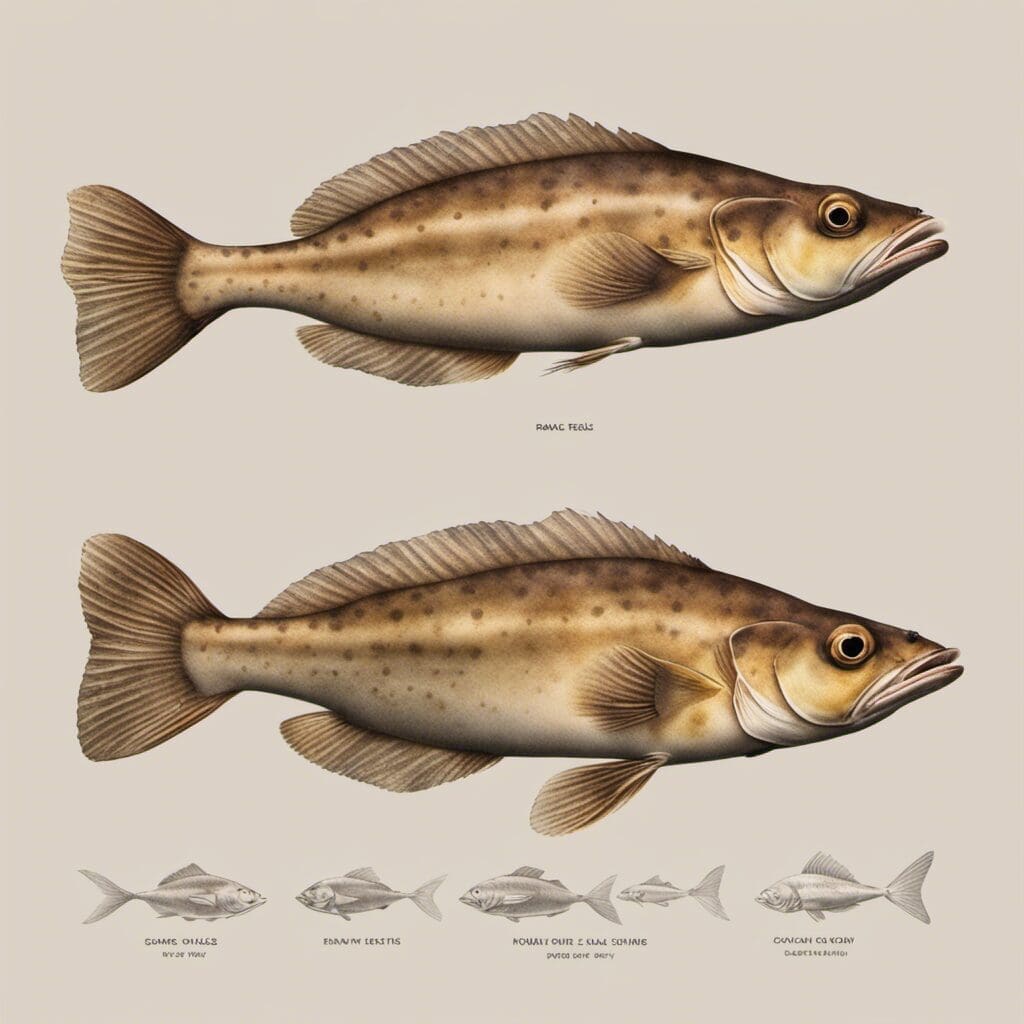Introduction
The Pacific Sand Sole, scientifically known as Psettichthys melanostictus, is a pleuronectid fish, and a member of the family Pleuronectidae.
Conservation Status
Currently, the conservation status of the Pacific Sand Sole is rendered under the ‘Not Evaluated’ category, meaning there aren’t any conservation efforts under way, largely due to the fact this species isn’t under threat.
Statistics
| Average Length | 30 cm |
|---|---|
| Length Range | 15 – 50 cm |
| Average Weight | 0.8 kg |
| Weight range | 0.2 - 1.5 kg |
| Average Lifespan | 8 years |
Distribution
Pacific Sand Sole inhabit the North Pacific, spanning from northern California to the Gulf of Alaska and west to northern Japan. Migration patterns largely depend on the availability of prey and spawning grounds, which can change seasonally.
Habitats
These fish are usually found in sandy and muddy bottoms in coastal waters. They show a preference for saltwater and a typical depth range of 20 – 340 m. The temperature range of the sand sole’s environment is generally between 3°C and 5°C.
When and Where to See
While Pacific Sand Soles can be observed year-round, they are more common during spring and summer months. They are typically more active in the daytime.
Best Fishing Locations
Some of the top locations for catching Pacific Sand Sole are:
– Monterey Bay, California
– Orange County Coast, California
– Santa Cruz County Coast, California
– Kamchatka, Russia
- Gulf of Alaska
– Kodiak Island, Alaska
– Aleutian Islands, Alaska
How to Catch
Preferred bait for this species includes small crabs, clams, sand worms, and sea worms. Fishing techniques that work best include bottom fishing using a light spinning tackle. It’s advised to fish during the day, particularly during high tides.
Identification Guide
Pacific Sand Soles have an elongated body, small head and a large mouth. Their coloration often consists of a dark brown, but can vary slightly to include a grey, or olive, often have darker spots. They are easily distinguished from other species due to their distinct lack of lower pectoral fin.
Culinary
How to Cook & Taste Profile
Pacific Sand Sole is lean, with a subtle sweet flavor and a medium texture. It can be cooked in a variety of ways including grilling, baking, and pan-frying.
Nutritional Information
This fish is a good source of proteins, and contains Omega-3 fatty acids, vitamin D, selenium, and iodine.
Additional Information
A primary feature of Pacific Sand Sole behaviour is that they bury themselves in sand to ambush prey and hide from predators – their diet mainly consists of small crustaceans, mollusks, and polychaetes. Their main predators include larger fish species and birds.
References and Further Reading
Future research is advised into the populations, habitat, biology, threats, and uses of the Pacific Sand Sole to better understand the species. A good start would be Fishbase’s Pacific Sand Sole page

